REAL ID: For Your Safety or THEIR CONTROL?
You know, the Nazis had pieces of flair that they made the Jews wear.-Peter Gibbons
Berlin, 1938.
Anna Weber, a 24-year-old administrative assistant, sits at her post, a shiny oak desk in a smoky administrative office, grinding out paperwork for the Third Reich. Her fingers were smudged with ink from stamping national identity cards for every German over 15 years old.
She checks names, birthdates, and photographs against mountains of forms to enter into national registries that dictate who can do what, where, and with whom.
Today, a man approaches, his hands trembling, seemingly unable to make eye contact with the young blue-eyed clerk.
He presents his paperwork, all marked with red “J’s”, indicating he was Jewish. After Anna noticed the scarlet letters, it was then her struggling to make eye contact.
Her stamp lands with a thud, minting the mans first-class ticket to restricted rights or a camp. Probably both.
How many people had her ink pad condemned?
Across Nazi Germany, millions of citizens carry these Kennkarten, or national identification cards, many ignorant that they’re tools of the surveillance state.
But it was necessary for national security and her safety. At least that’s what they told her.
Today, as states introduce REAL ID, Anna’s story serves as a warning. At what point does the government cross the line from safety to control?
May 7th, 2025, was the deadline to upgrade your US driver’s license or state ID to REAL ID, or they say you’ll need a passport and potentially face additional security checks at airports.
But what is REAL ID?
From the TSA:
The REAL ID Act, passed by Congress in 2005, enacted the 9/11 Commission’s recommendation that the Federal Government “set standards for the issuance of sources of identification, such as driver's licenses and identification cards.
Some say it's for our safety, others say it’s a gross violation of personal freedoms.
Which is it?
Argument: REAL ID Enhances National Security and Public Safety

REAL ID empowers the states to make sure we're checking people's residences; their current legal status will be verified... Allows us to get more information to states so they can protect their elections. -Kristi Noem, Secretary of Homeland Security
Main Points
Prevents Identification Fraud
Improves Aviation Security
Secures Federal Facilities
Standardizes State ID Systems
Aids Law Enforcement
Point #1: Prevents Identification Fraud
Identity fraud is a growing concern in the digital world. In 2024, the U.S. Federal Trade Commission (FTC) received more than 1.1 million complaints of identity theft and about 2.6 million complaints of related fraud, totalling losses of over $12.7 billion, according to Experian.
REAL ID requires verification of identity documents, such as birth certificates and Social Security numbers, making it harder for criminals to impersonate victims.
Point #2: Improves Aviation Security
Flying is already scary for people, especially with the recent uptick in human and mechanical safety errors. Passengers don’t want to add terrorism to the list with increased cases of identity fraud.
By ensuring only verified individuals board domestic flights, REAL ID reduces terrorism risks, aligning with the 9/11 Commission’s recommendations.
Point #3: Secures Sensitive Facilities
With global tensions between places like Russia, North Korea, and China, there is a call for concern on the ground level, with potential bad actors gaining access to sensitive locations such as military bases, data centers, or nuclear facilities.
Locally, people still try to kidnap babies from hospitals. In 2022, Jesenea Miron attempted to steal a baby after impersonating a nurse at Riverside University Health System in California.
Amanda Porter was arrested last year after falsifying documents to gain employment as a nurse in Virginia. REAL ID addresses all these fears.
Point #4: Standardizes State ID Systems
You can have 49 states with strict security standards, but it only takes one weak link in the chain to raise risk levels.
According to FakeIDBoss.net, state identification, such as that in Ohio, Mississippi, and Georgia, has traditionally been easier to counterfeit. On the other hand, Maine and New Jersey are harder to fake due to security features like built-in holograms.
REAL ID standardizes security nationwide to fill these gaps.
Point #5: Aids Law Enforcement
Back in the 1920s, one of the reasons gangsters were able to get away with robbing banks for so long was due to a lack of interstate cooperation and information sharing.
REAL ID requires states to share their ID and driver history databases, such as the State-to-State (S2S) Verification Service and Driver History Records (DHR). With real-time data sharing across state lines, law enforcement can quickly identify fugitives, suspects, or missing persons. This also helps with immigration services by identifying illegal aliens throughout the country.
Rebuttal: REAL ID Threatens Individual Rights
REAL ID is one of the greatest threats to Americans’ civil liberties in decades. - Former US Rep Ron Paul.
Main Points
Introduces Centralized Data Risks
Enables Large-Scale Surveillance
Intrusive Data Requirements
Cybersecurity Threats
Chilling Effect on Freedom
Point #1: Centralized Data Risks
Creating a central database to store personal information across states increases the risk of government overreach. Lone wolf bad actors within government could use this information to target citizens across state lines, or agencies and political parties could attack opponents in the future.
The current administration might promise to use this info for your safety, but what about the next?
Point #2: Large-Scale Surveillance
Centralizing all Americans’ information at a single point opens opportunities for the federal government to track citizens ’ physical and digital movements, a significant assault on privacy rights.
Between linked travel records and ID scans at places requiring identification, the government can quickly become a surveillance state without oversight or explicit consent from private citizens, as is the case in China.
Point #3: Intrusive Data Requirements
The REAL ID application requires citizens to submit sensitive documents, including Social Security numbers, birth certificates, and proof of address.
Sending this information to a federal database may feel overly invasive to many people, as there’s always potential for misuse each time we bring such documents out of the safe.
Point #4: REAL IDs Cybersecurity Threats
A centralized federal database containing the fingerprints, photos, names, addresses, social security numbers, and birth certificates of all Americans is a dream for cybercriminals and adversarial foreign governments. With data breaches constantly in the news, do you want your private info to be so vulnerable?
It’s kind of like a phone case that holds your driver’s license, debit card, and cash. You lose one thing, you lose it all.
Point #5: REAL IDs Chilling Effect on Freedom
Such overreaching standards can create a secondary class of Americans, as citizens may opt out of obtaining compliant IDs or participating in activities potentially requiring them, such as air travel, voting, and purchasing firearms. REAL ID could easily become an employment requirement like so many other things.
This means Americans must choose between exercising Constitutional rights, vacationing abroad, or simply holding a job and submitting to the surveillance state.
Papers, Please.
On April 30th, 1945, after Eva Braun, Hitler’s mistress and wife, for a short time, anyway, swallowed her cyanide capsule and before the Führer turned his pistol on himself, he might have been flattered to know how much we talk about him all these years later.
Yet the constant Nazi this, Hitler that sprouting up on all sides of political arguments tends to dilute positions and points.
But if we’re to live up to ‘Never Again,’ shouldn’t we call out when we see a brick laid in the road to tyranny?
Of course, there are plenty of other authoritarian regimes throughout history that we could reference, such as Fascist Italy, the Soviet Union, Maoist China, Apartheid South Africa, and tyrannical states like present-day China, North Korea, Russia, and Ukraine.
All of whom did, or still do, trample on citizens’ rights with social credit systems, national surveillance, and imposing national identification systems.
If we could rest assured that the government wouldn’t use centralized data nefariously, perhaps more of us would be on board with REAL ID.
Yet sadly, federal law enforcement has already demonstrated political affiliations, such as surveilling parents in Loudon County who protested transgender ideology in school, and the tech bros have shown us they are willing to join in on the fun and censor users for their political and cultural views in the Twitter Files.
Never mind what Edward Snowden uncovered about the US government constantly spying on law-abiding US citizens.
But this is about more than REAL ID.
Anna Weber, our fictional character from the intro, watched her country devolve from a central beacon of modern civilization into an absolute hell on Earth.
She wouldn’t tell you it was over a national ID, but I bet she’d tell us it sure as hell was a snowflake in the avalanche that would destroy a nation and violently end millions of lives.
But don’t worry, this time, it's for your safety.
GB
Meme of the Week
Brand of the Week: Palmers Apothecary

Based in Mount Juliet, Tennessee, Palmer’s Apothecary started making all-natural products with sensitive skin in mind. Finding that most over-the-counter options were filled with junk, they went back to the drawing board to create natural after-shave balms, sunscreens, and body sprays.
Stop by their website or find them on Public Square and pamper yourself and your family with best-selling magnesium spray, Black Seed Oil, or Fire Cider. Free shipping on all orders over $35!
American of the Week: Samantha Agins
When Samantha Agins was a young girl, she would line up her dolls in bed and treat them as if they were her patients. She always knew she wanted to help others in the medical field. While studying pre-med at East Stroudsburg University, she worked part-time as an EMT at a special needs camp. While on duty in August 2015, a 43-year-old woman needed CPR, and Samantha jumped into action.
Samantha performed CPR for 30 minutes, and unfortunately, the patient passed. Soon after, Samantha had several strokes that doctors later found were caused by over-exhaustion from her life-saving efforts. Samantha passed away several days later. She left behind her parents, Bruce and Paula, and her two sisters, Sara and Kayla.




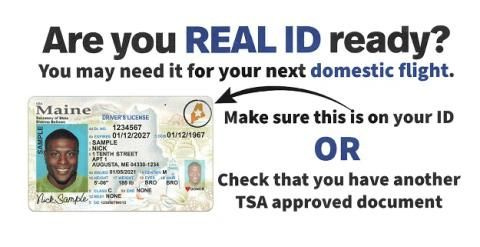

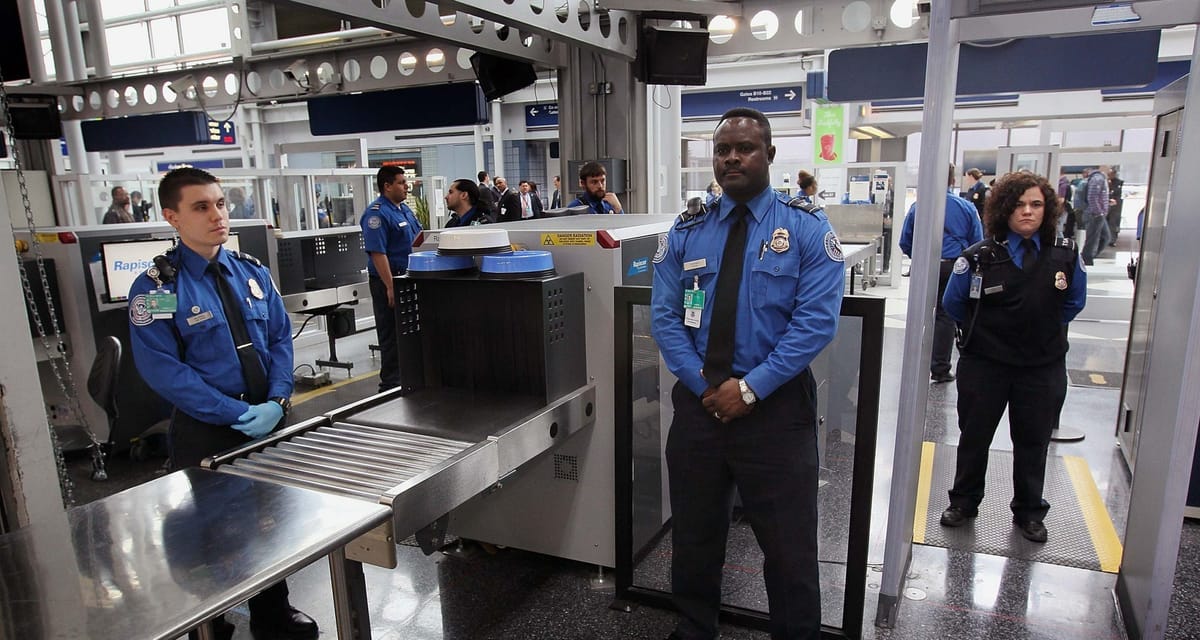
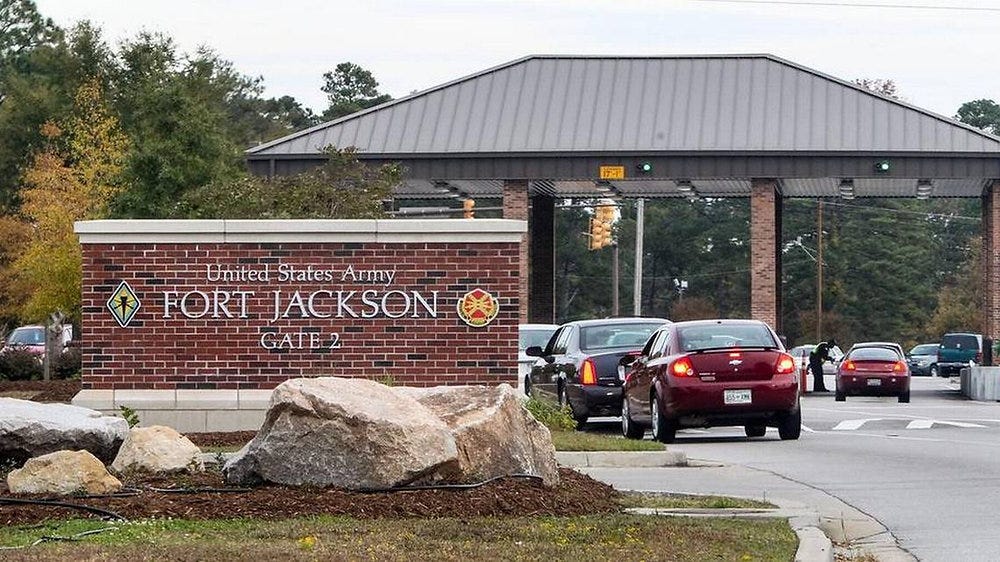


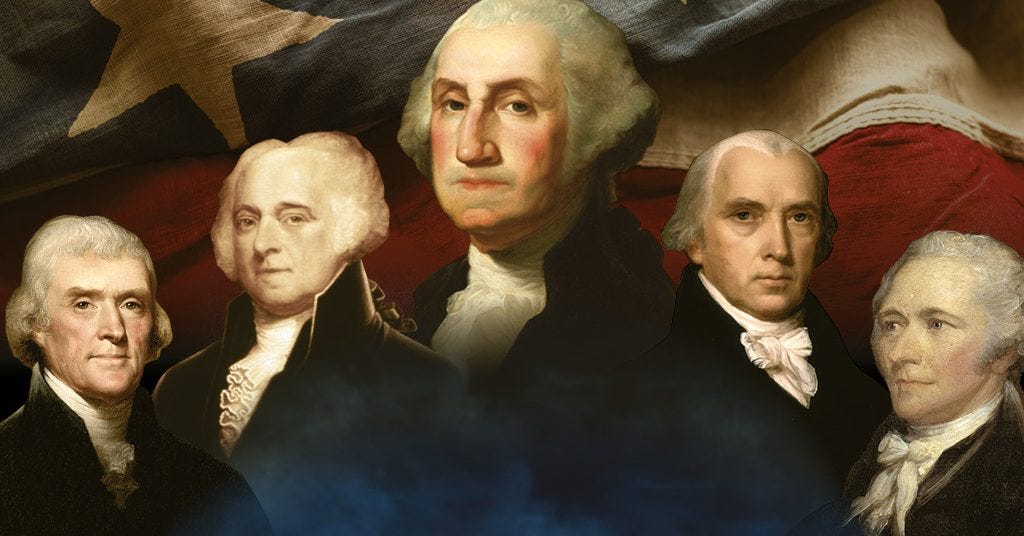

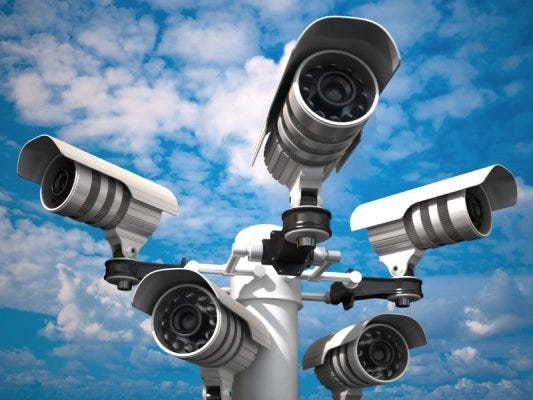
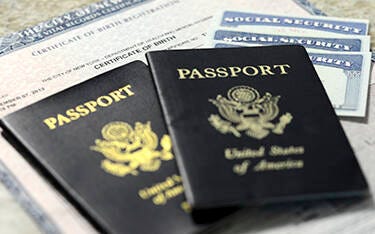

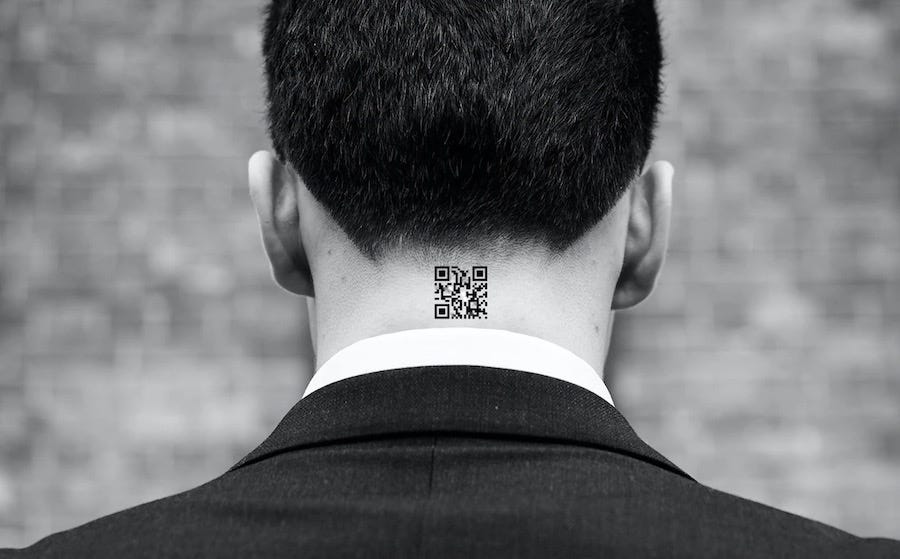



Food for thought Greg; I’ve always been a supporter of National ID, but the cybersecurity situation is a real problem………